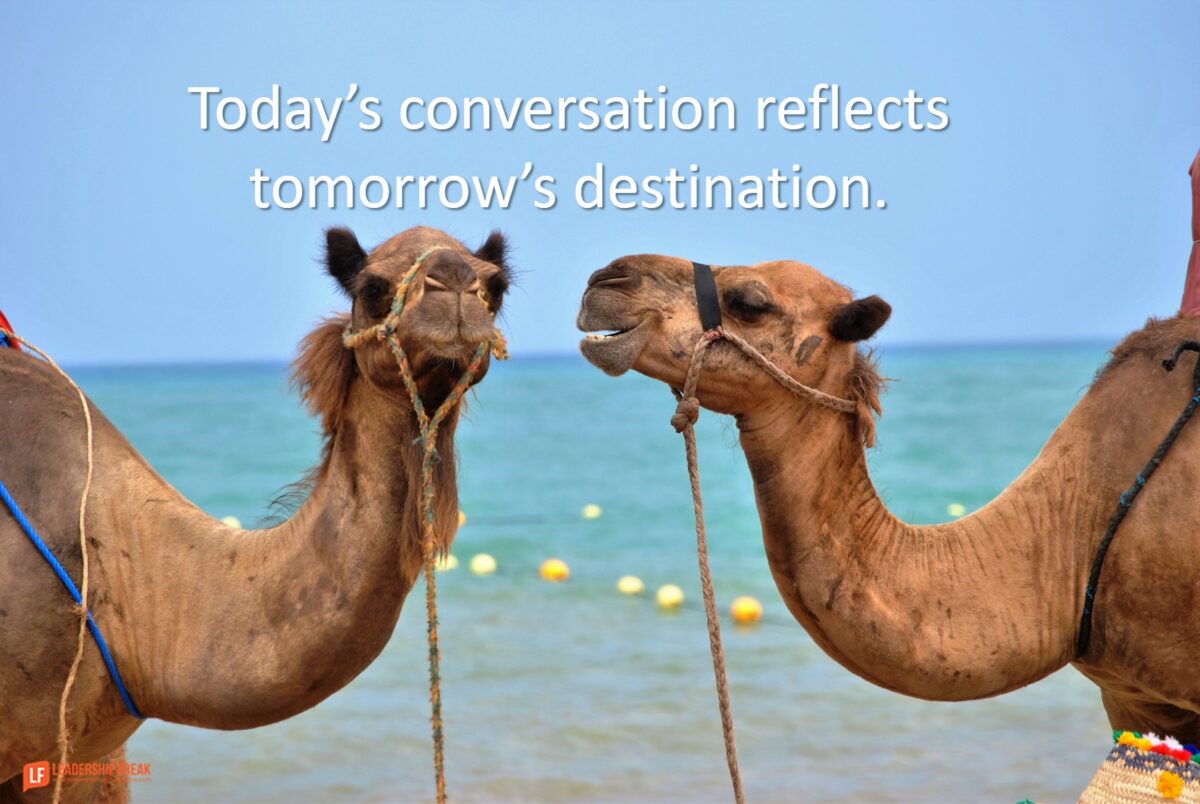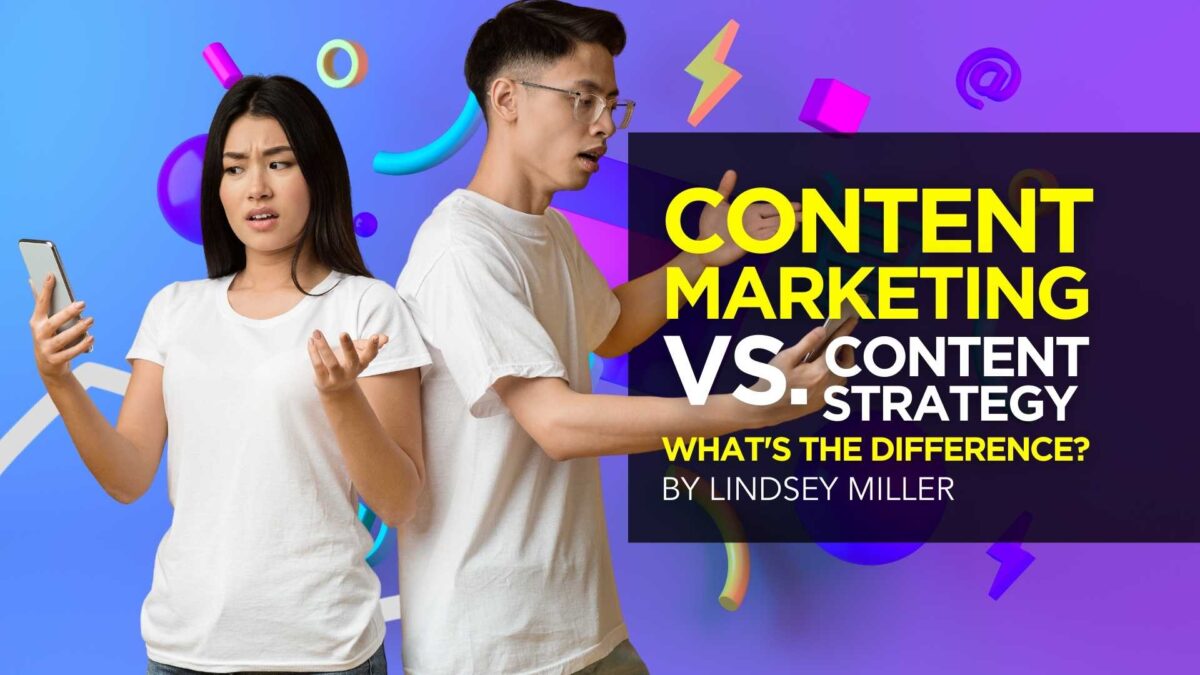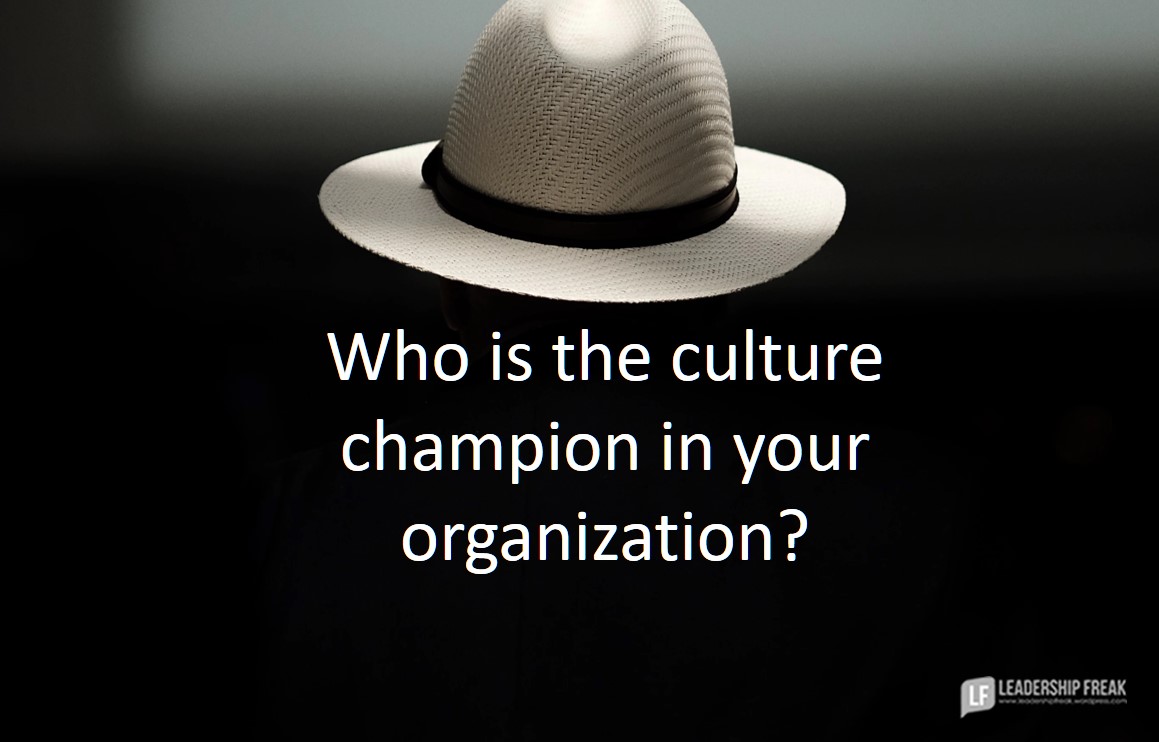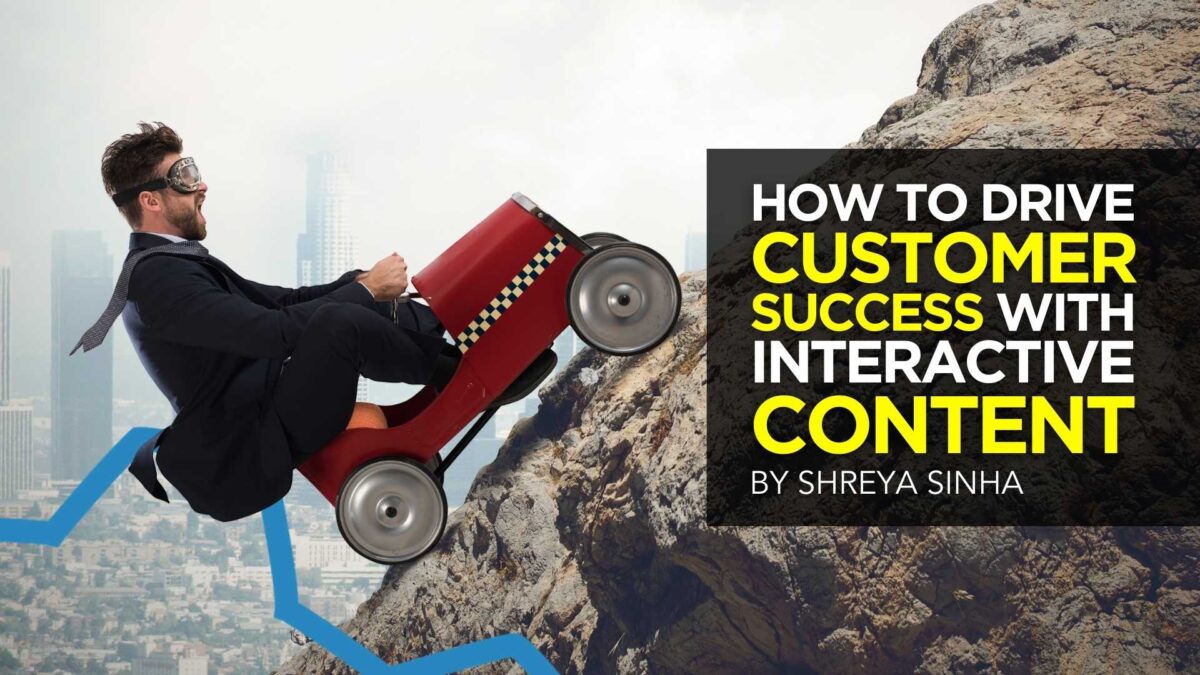

If you are reading this article, chances are that you know something about Ryan Deiss and his Customer Value Journey. Ryan literally built a marketing education empire on the concept of this framework.
It’s so important to the DigitalMarketer community that he even has the original napkin version framed like a relic to be viewed like the Mona Lisa.


My name is James Bullis. I am a Marketing Technologist / Webmaster with over 25 years in the industry.
I remember when I first learned about this concept around 15 years ago.
It was originally called Customer Value Optimization and had an entirely different structure. I’m a web designer and when I started working in this industry I started out in marketing.
When I became a web designer, I didn’t understand that a business web design is a part of a business’
marketing plan. After learning more about marketing, I realized how I could put these concepts into the website and use them to create a better website experience for my customers’ website visitors.
Then the along came the Customer Value Journey (CVJ) which was a fundamental upgrade and made the entire foundational framework make more sense. It essentially closed the loop and created an endless flywheel of customers if applied correctly.
It really played well in helping to understand how a business website should be laid out so that the traffic could be funneled through the Customer Value Journey.
The CVJ is not the only part of this foundational framework. It is usually accompanied by an Ideal Client Avatar and the Before & After exercise. Essentially, you need to understand who you want to help and be able to empathize with them to discover how you can bring value by easing their pain.
But there is a real problem when it comes to the CVJ that I have noticed over the years. It seems to me that no one will sit down and do it.
Do I know this for a fact? No. But, I can guess with some authority that most people who have learned this framework skip over it in practice.
This became obvious to me some years ago inside of DigitalMarketer Engage – the Facebook group of people who have spent some time and money with DigitalMarketer to engage with other members to talk about the frameworks, get advice, and learn from each other.
You could always tell when a fresh wave of members would join because the same questions were asked repeatedly.
These were questions that could simply be answered if they took the time to go through the process of completing these exercises for each new campaign or business that they started to work on as marketers.
I don’t know why people skip over these foundational steps. The framework itself along with the worksheets probably make…




















